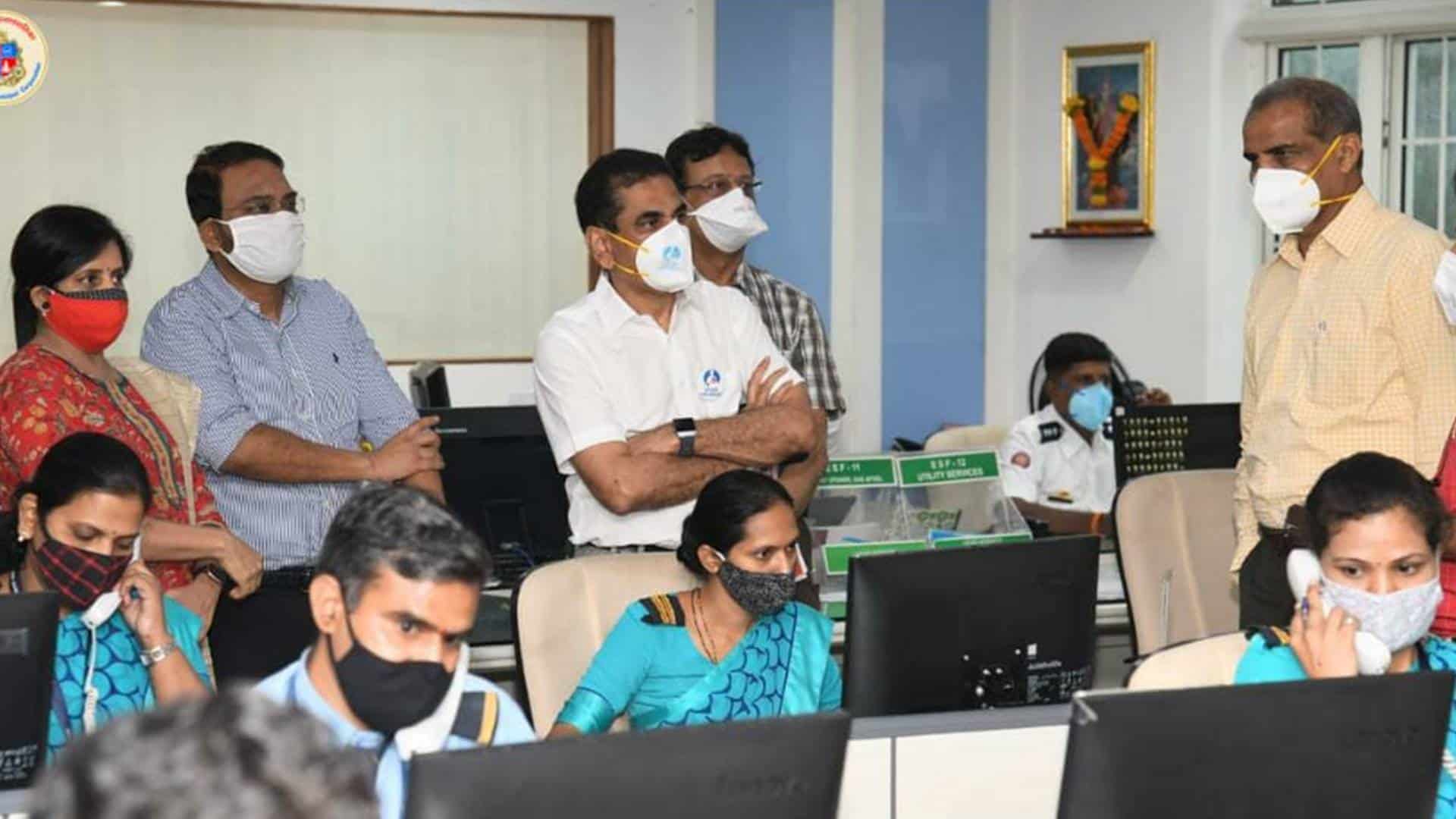On May 5, the Supreme Court of India asked the Centre and Delhi government to take note from Mumbai model to tackle the oxygen crisis in the national capital. Observing that the the civic body had done a good job in managing oxygen supplies, the bench comprising Justices DY Chandrachud and MR Shah said, “Bombay Municipal Corporation has done some remarkable work and not disrespecting Delhi but we can maybe see what was done by BMC. Maharashtra is also an oxygen supply state.”
After nearly two-month-long battle, Mumbai has successfully flattened the curve of the second wave of covid pandemic. On Tuesday, the maximum city recorded less than 1000 cases (961 cases to be exact) and 44 new deaths, pushing the city’s tally to 690,023 and the death toll to 14,316. The positivity rate in Mumbai was 5.31 per cent – way lower than the April figures. Unlike Delhi-NCR where several deaths were reported due to inadequate supply of medical oxygen, Mumbai ensured no one dies due to lack of the life saving gas.
Efficient Oxygen management
BMC’s oxygen management team, which includes six IAS officers, works round the clock to ensure adequate supply of oxygen across the city. Mumbai’s Municipal Commissioner Iqbal Singh Chahal foresaw the garve threat posed by oxygen shortage on April 17 when he learned that six hospitals in his city would run out of oxygen within hours — putting the lives of 168 patients at risk. The patient were rushed to Mumbai’s ‘jumbo’ Covid care facilities which were set up during first wave of Coronavirus infections. The hospitals had been equipped with pipes that supplied oxygen directly to patients’ beds. Eventually, BMC managed to save all 168 lives. Subsequently he made vast changes to the way the city sourced and used its medical oxygen, creating emergency stocks and tracking systems for tankers.
Dedicated Covid war rooms
One of the key reasons for Mumbai’s success in tackling the second wave is the decentralized system put in place during the first wave. Under this initiative, Iqbal Singh Chahal set up ward war rooms to manage cases by locality. The members of the war room were given the free hand to decide bed allocations, patient admissions and ambulance availability. Wards were also free to spend without approval from the top.
Extensive Testing and screening
The Maharashtra capital had been conducting nearly 50,000 tests every day last month. The test numbers have plummeted in May. Passengers coming in trains from West Bengal, Uttarakhand, apart from Delhi, Gujarat, Rajasthan, Goa, Kerala (which were already on the list), were also screened. Mumbai is the only airport in the country where passengers coming from 74 countries are being put in institutional quarantine after RT-PCR tests.
Covid data management
The success could also be attributed to BMC’s exceptional Covid data management. The data uploaded on its dashboard includes real time status of ICU and ventilator beds, beds with and without oxygen, containment measures, daily statistics, contact tracing and ward-wise Covid positive cases. It is accessible to all—citizens, hospitals and the administration.
Also Read: American vaccines effective against COVID-19 strain first detected in India, say US officials
Social Media
BMC also used its social media handles to keep the citizens informed. The civic body sent minute-by-minute updates on vaccination slots and bed availability to its five lakh-plus followers, and to respond to calls for help and complaints, answer queries, and bust rumours and fake news.

